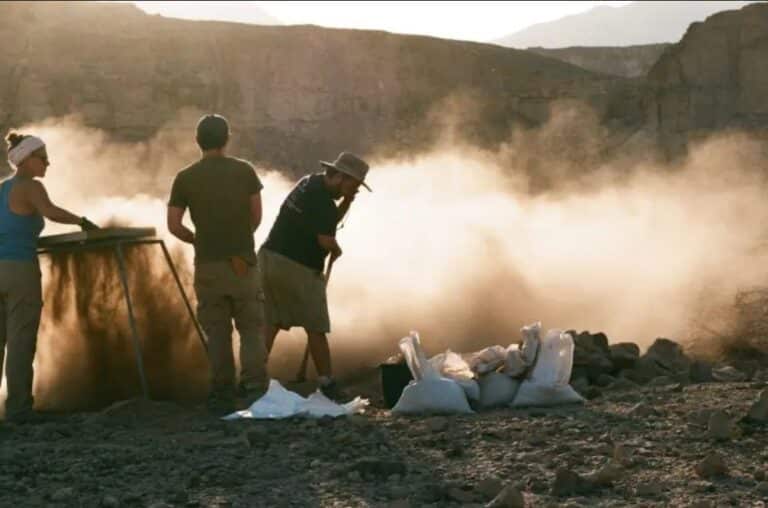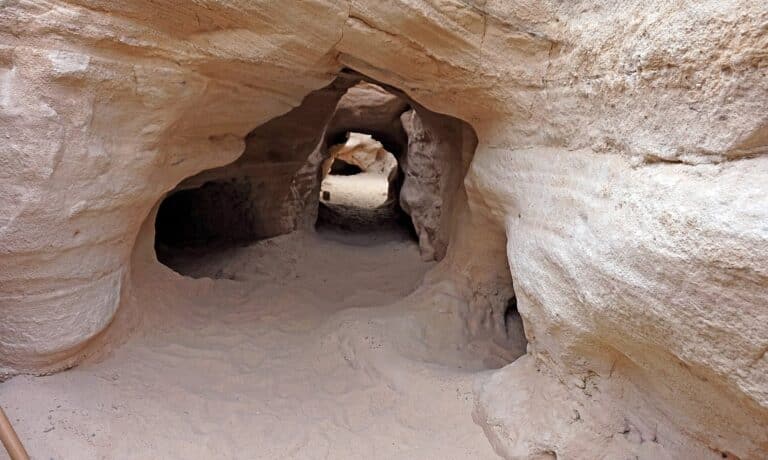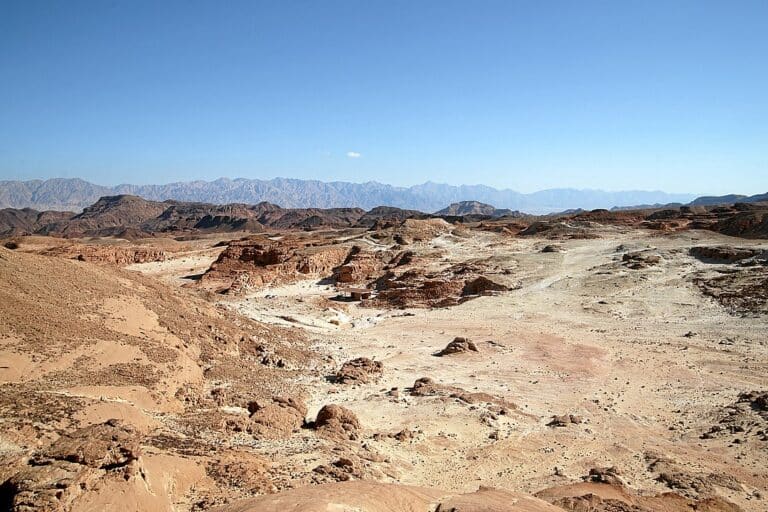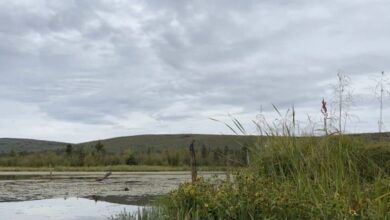
Mines of King Solomon turned the Timna valley into a desert
(ORDO NEWS) — Scientists have discovered that the ancient copper industry of the kingdom of Israel was organized in such a way that, as a result, neither plants nor the industry itself remained in its center.
“And all the drinking vessels of King Solomon were of gold … there was nothing of silver; because silver in the days of Solomon was considered for nothing… ”- it is said in the“ Third Book of Kings ”, one of the parts of the Old Testament.
Today we know that the third Jewish king, the ruler of the kingdom of Israel at its height, used copper instead of gold.
This became clear about a hundred years ago, when, on the one hand, historians carefully studied the lists of accumulated materials (according to the same “Third Book of Kings”), and on the other hand, the American archaeologist Nelson Gluck found mines in the Timna valley, which were later called the king’s mines. Solomon.

Subsequent studies showed that the reserves of copper and its derivatives in Timna attracted people as early as the Neolithic.
Later, these natural resources were used by the Egyptians: archaeologists found an Egyptian temple in the valley, dated to the 13th century BC. And this is the only place mentioned in the Bible where evidence of copper smelting was found.
The journal Scientific Reports published the work of Israeli scientists who asked an interesting question: where did all these people get fuel for smelting copper - from the Neolithic to the time of Solomon? After all, it needed a lot, because to imitate Solomon’s “gold” a huge amount of copper was required.
Archaeological finds in the Timna Valley show that from the 11th to the 9th century BC, for about 250 years, an extensive copper industry flourished there: thousands of mining sites and about ten processing sites where copper was smelted from ore.
This dating indicates that copper production in Timna reached its peak under Kings David and Solomon.

The Old Testament says that David conquered the region of Timna, known at that time as Idumea (Edom), stationed a military garrison there, so that the Idumeans became his subjects.
His son Solomon used a huge amount of copper to build the Temple in Jerusalem. Researchers suggest that David became interested in this remote desert region precisely because of copper.
The copper industry of Timna was highly developed for its time, and the metallurgists who processed copper were experienced and respected people, the researchers write.
The metal was extracted from the ore by smelting in clay furnaces at a temperature of 1200 degrees Celsius.
The whole process took about eight hours, after which the furnace was broken, and the resulting copper was taken out of its base (it was heavier than impurities, therefore it accumulated at the bottom). All this required a lot of fuel.
Scientists took samples of charcoal from industrial waste dumps at two large production sites in the Timna Valley, well preserved due to the dry desert climate. They examined more than a thousand of its samples under an electron microscope.
The anatomical structure of the original wood is preserved in charcoal, and its species can be determined under a microscope. The age of the samples was determined in accordance with the layer of the mound in which they were found, in addition, the dating was confirmed by carbon-14.
The authors of the work found significant changes in the composition of charcoal over time. Charcoal from the lower layer of the mounds, dated to the 11th century BC, mainly contained two plants - 40% of the common retama ( Retama raetam ), including roots, and 40 percent of the prickly acacia ( Acacia spp .).
About a century later, in the middle of the 10th century BC, the composition of charcoal changed. The industry began to use lower quality fuels such as various desert shrubs and palm trees.
At this stage, wood was imported from afar - for example, from the territory of modern Jordan, a hundred or more kilometers from Timna.
The researchers argue that the gradual change in charcoal content was the result of overexploitation that destroyed natural resources. The valley, which was already arid, became a desert, where there were absolutely no woody plants left.

In the 9th century BC, all the production sites of Timna were closed. The authors note that the plant species burned in the furnaces of King Solomon’s mines were key to the local ecosystem, supported many other species, conserved water and stabilized the soil. Their disappearance caused a domino effect and caused irreparable damage to the entire territory.
Three thousand years have passed, but the Timna valley has not yet recovered from the crisis. Some plant species are now very rare, while others have disappeared forever.
—
Online:
Contact us: [email protected]
Our Standards, Terms of Use: Standard Terms And Conditions.









